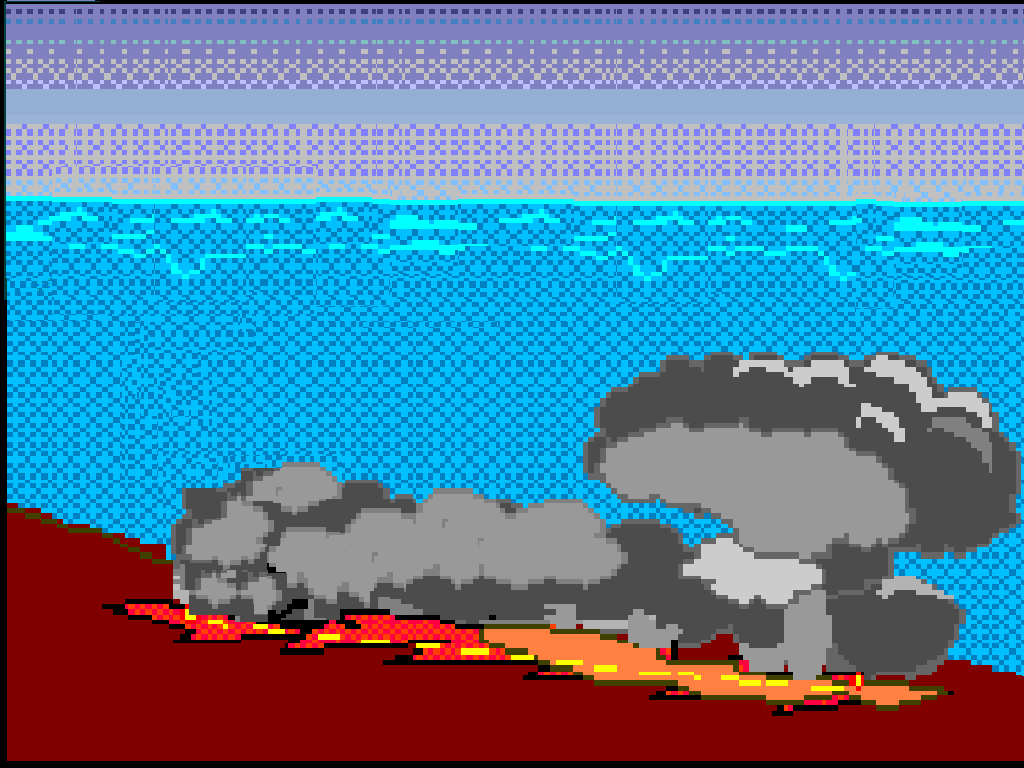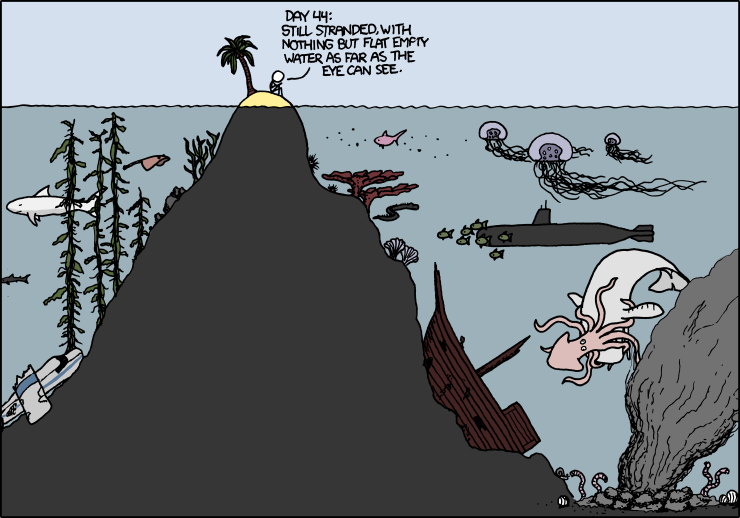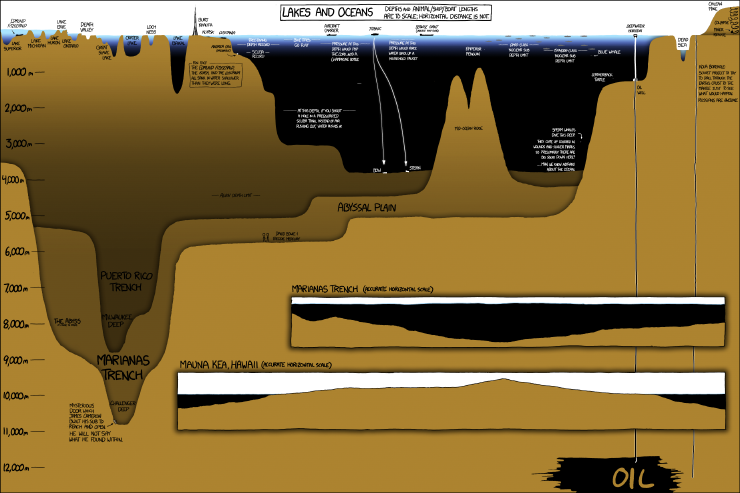By Nathan Malamud, GEMM Lab summer intern, Pacific High School senior
I am someone who has lived in a small town for all his life. Pretty much everyone knows each other by their first name and my graduating class only has around 20 people. Everywhere you look you will find a farm, ranch, or cranberry bog (even our school has two bogs of their own!). Because of my small town life, I have a strong sense of community. However, I have also developed a curiosity about natural and global phenomena. I try to connect these two virtues by participating in scientific efforts that help my community. When I heard that the OSU Port Orford Field Station was offering internships, I knew right away that it would definitely be a great experience for me.

Port Orford, on Oregon’s southern coast, is a town that is closely tied to the ocean. So naturally, it’s important to understand and monitor our surroundings so that our town can thrive. Last year, my Marine Science class helped me further understand the complexity of the ocean. Our first semester taught us all about marine biology, zoology, and ecology. Our second semester immersed us into oceanography, ocean geology, and ocean chemistry. During the second semester, we also took trips to our town’s marine science center and to the marine reserve near Rocky Point. I loved this course and decided to try to expand my knowledge about the subject by going to the OSU Field Station.

As an intern, I am currently working with three teammates to understand the feeding behavior of gray whales – what places they like to eat zooplankton the most and why they like to eat there. This whale project helps our community by Port Orford enabling high school students to perform college-level scientific research and inquiry, as well as allowing us to learn valuable skills such as CPR, surveying using a theodolite, working with chemicals in a lab, and data processing.


This internship with OSU’s GEMM Lab has taught me many new skills and given me new experiences that I have never had before. Before this internship, I had never been in a kayak. Now, I go out on the water nearly every other day! When on the water, I always try to sharpen my navigating skills. I use a GPS to pinpoint the locations of our sampling stations, and I communicate to my partner where we need to go and how we will get there.

Once we are there, it is my job to keep the boat close to the station location so that my partner can get accurate samples. This part is a very tricky task, because not only do I have to pay attention to the GPS to make sure we are within 10 meters of the spot, but I also have to pay attention to my surroundings. I have to look at the ocean, and figure out what direction the waves are coming from. I have to watch how external forces, like wind and currents, can cause the boat to drift far from station, and I have to correct drifting with gentle paddle strokes. This is hard, especially since the kayak is so light and easy to get pushed around by the wind. However, despite the difficulty, I have learned that it is crucial not to panic. Frustration only makes things worse. The key is to maintain a harmonic balance of concentration and zen.
I have also learned that when collecting data in the field, it’s important to observe and document as much as possible. When we are in the kayak, we have 12 stations that we try to visit every day (as long as the weather cooperates). At each station, we first use a secchi disk to test the water clarity, then lower the GoPro to film the water column and see where the zooplankton are. Sometimes we catch other interesting things on the video too, such as siphonophores (my personal favorites are jellies and salps) and rockfish.


Next we tow a zooplankton net through the water, and let it collect zooplankton of all shapes and sizes, from tiny mysids to skeleton shrimp. Then we proceed to the next station and repeat the process. We have to remember to label everything, and tell the GoPro camera what station we’re at so we can sort all the information correctly when we get back to the field station. At the end of the day, we log our data into a computer, and preserve half our plankton samples with ethanol, so that we can identify the species present. The other half gets frozen for caloric content analysis by our collaborator Dr. Kim Bernard to help us understand how much zooplankton a whale needs to eat to meet its energy needs each day.
By repeating this entire process every day, we are able to look at daily changes, which also helps us to better understand why whales spend time in certain areas and not others. Be sure to check out my teammate Maggie’s blog post about some of the tools and technologies we use to track the whales!
This whale project has been, and definitely still is, a great experience for me! I have learned a lot and have worked with some amazing people. I believe that I am learning many valuable skills, and that the skills I learn will allow me to help my community.












 The team then sent the Deep Submergence Vehicle (
The team then sent the Deep Submergence Vehicle (











































You must be logged in to post a comment.